I had my first Ekiben on my first Japan trip, right after we touched down at Narita airport. On the train to Tokyo city centre, my best friend treated us to pork Katsu sandwiches, which were beautifully packed with a transparent plastic cover. The sandwich itself didn’t look all that appetizing, but since I was too polite to refuse, I took a bite anyway.
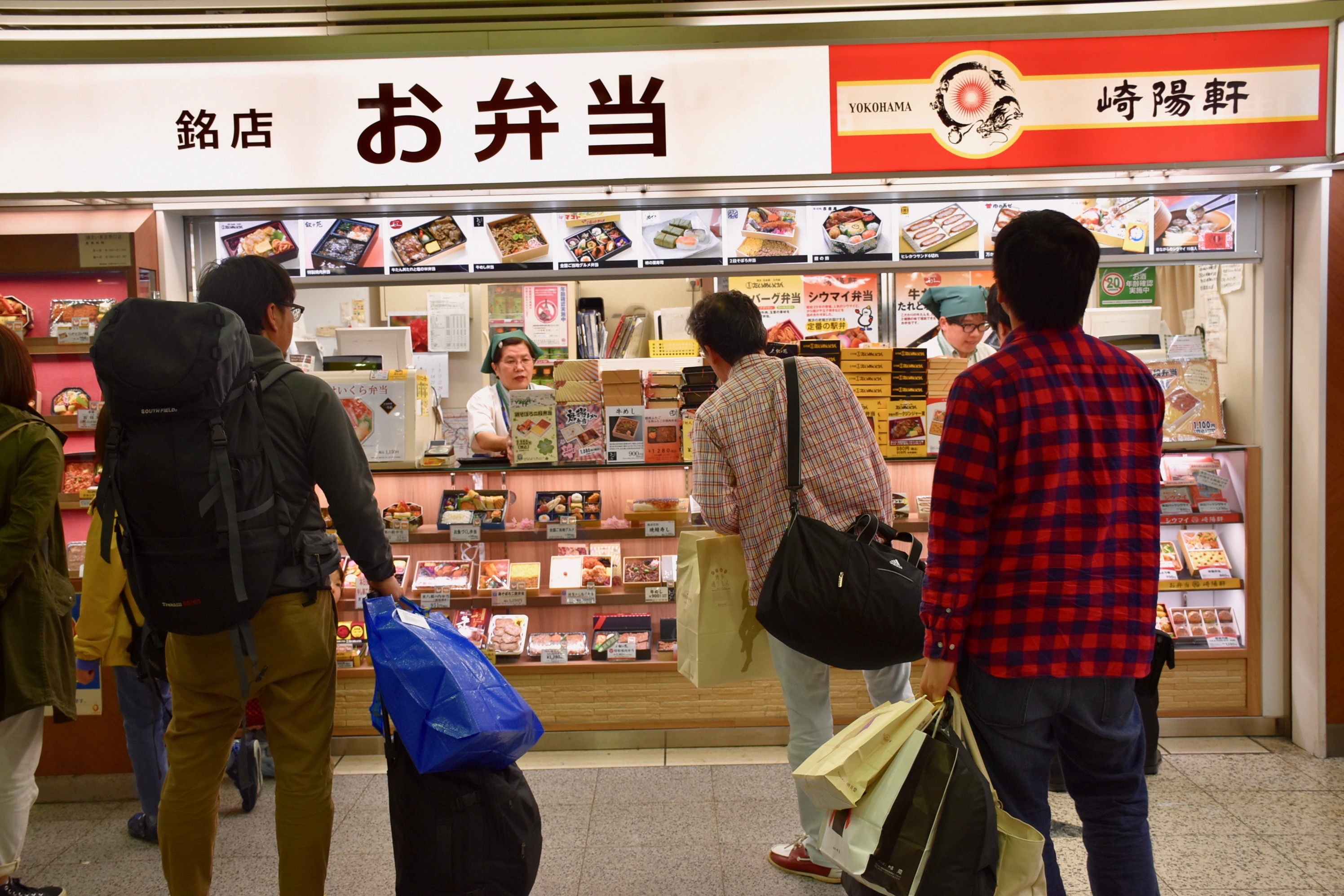
The white bread was fluffy, the pork Katsu was crunchy on the outside and juicy on the inside. In short, my first meal in Japan was memorably delicious. Thus, started my first Japanese food culture experience in Japan.
EkiBen(to)
A part of Japanese food culture for more than a century, Ekiben is the combination of the Japanese word for the train station (Eki) and lunch box (Bento). It’s the beautifully presented meal boxes, showcasing the local delicacies, which are sold at train stations to be eaten on the long-distance train rides in Japan.
Treat yourself with Ekiben for an ultimate Japanese cultural experience when travelling by train in Japan.

Ekiben price starts at 300 Yen onwards. You can get it from railway stations which have intercity trains passing through it. Some long-distance rides sell it inside the train if you are strapped for time. Keep an eye for someone who pushes the food trolley once the train moves.
Whilst Bento was not a new thing for me (my childhood memories were filled with opening Bento boxes and finding overflowing curry inside, thanks to my Amma’s obsession with compartmentalizing things and teaching me more about Indian culture through food), it has been ages since I went to school with a packed lunch box and maybe that’s eating Bento boxes inside trains in Japan always feels like a treat.
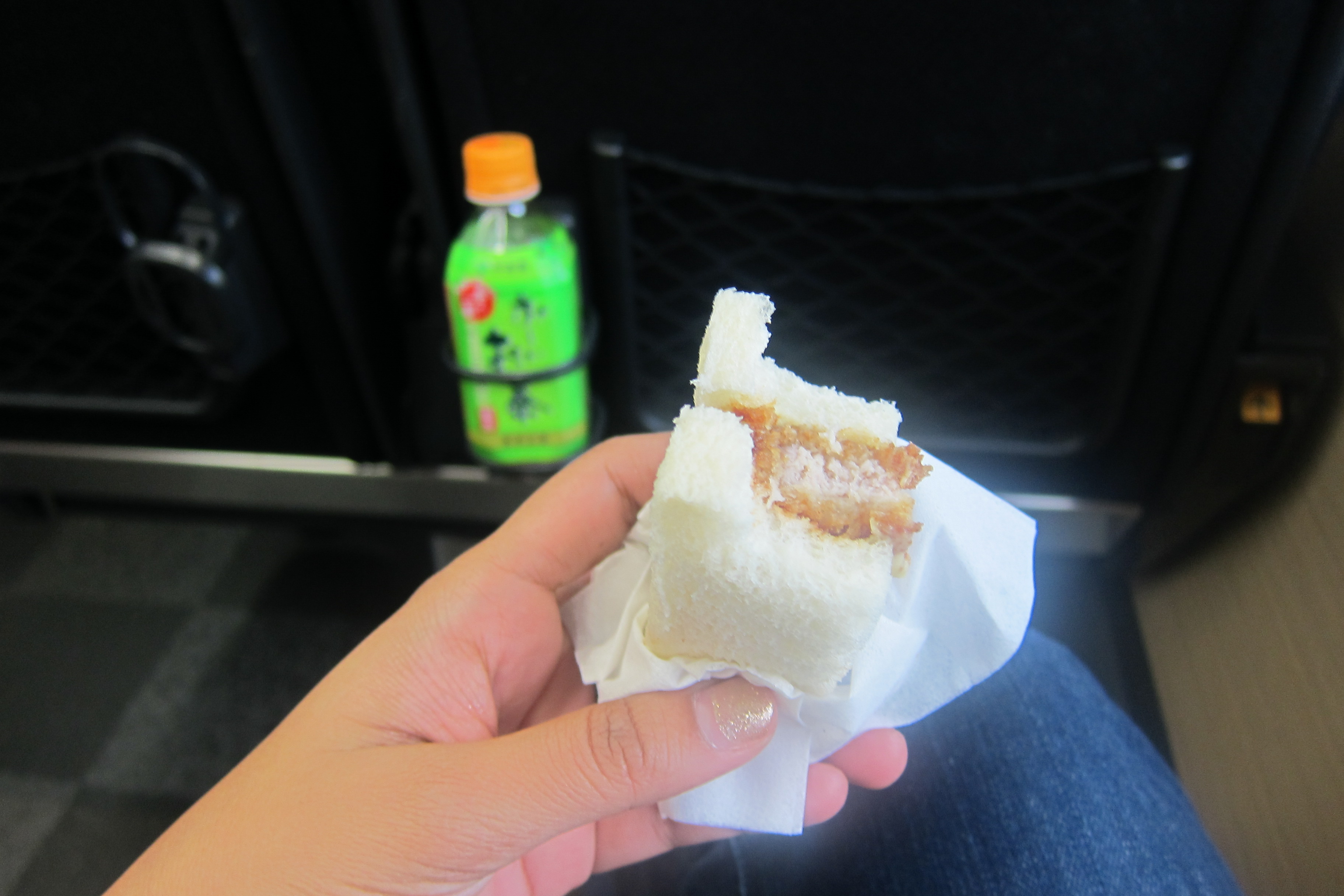
Inside Ekiben
Ekiben food features the local delicacy. It can be one or a range of types of food prepared beautifully. Healthy and filling, the food is presented in some sorts of boxes. The only drawback of Ekiben for me is that it’s usually cold.
Ekiben from Different Regions in Japan
Most Bento boxes from different regions of Japan are made locally. They are still made by hand using local elements to preserve the local taste and culture which makes Ekiben the most efficient way to get a culinary taste of different regions in Japan. You can get down to different railway stations in the transit cities on the way from and to another city in Japan, and buy the local delicacy Ekiben.
Ever since I have had plenty of Ekiben I got from different parts of Japan. I have had the black egg (in Shinkansen from Hakone back to Tokyo), Sushi (from Kyoto to Osaka), plenty of Onigiri and other local delicacies.
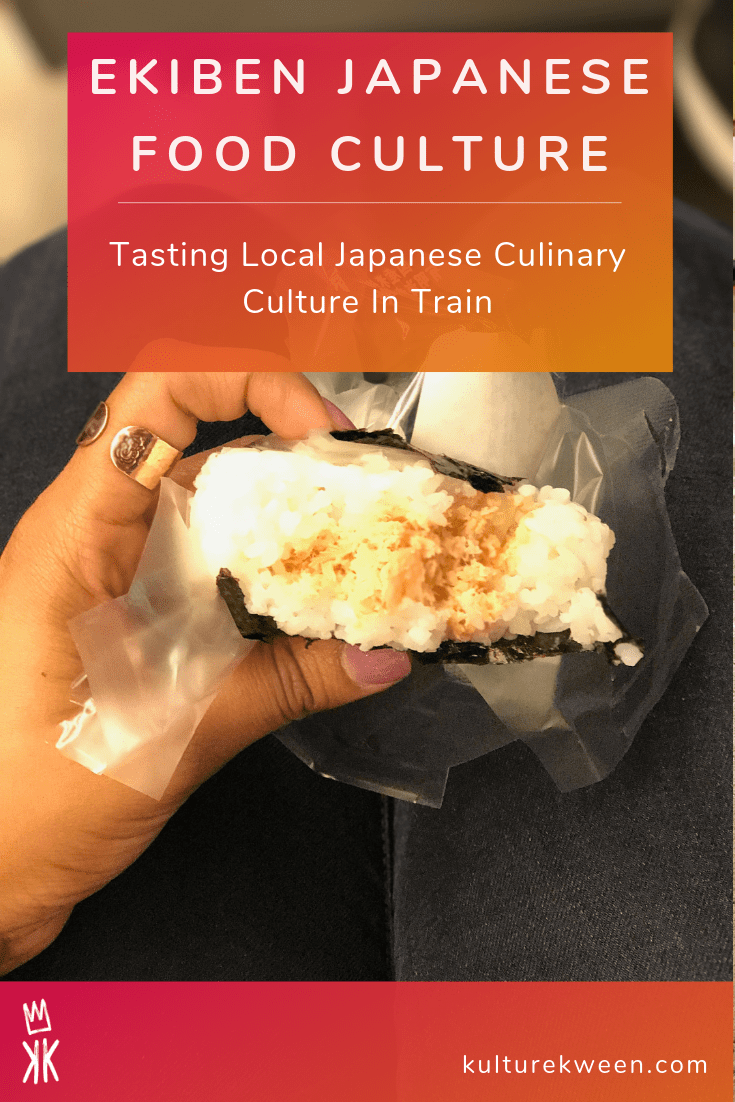
My most elaborate Ekiben so far was the wooden box Bento I bought from the Nagoya train station on the way to Osaka. I haven’t tried most of the foods inside that particular Bento before even though we were in Nagoya city for a few days, which made it an even better treat.
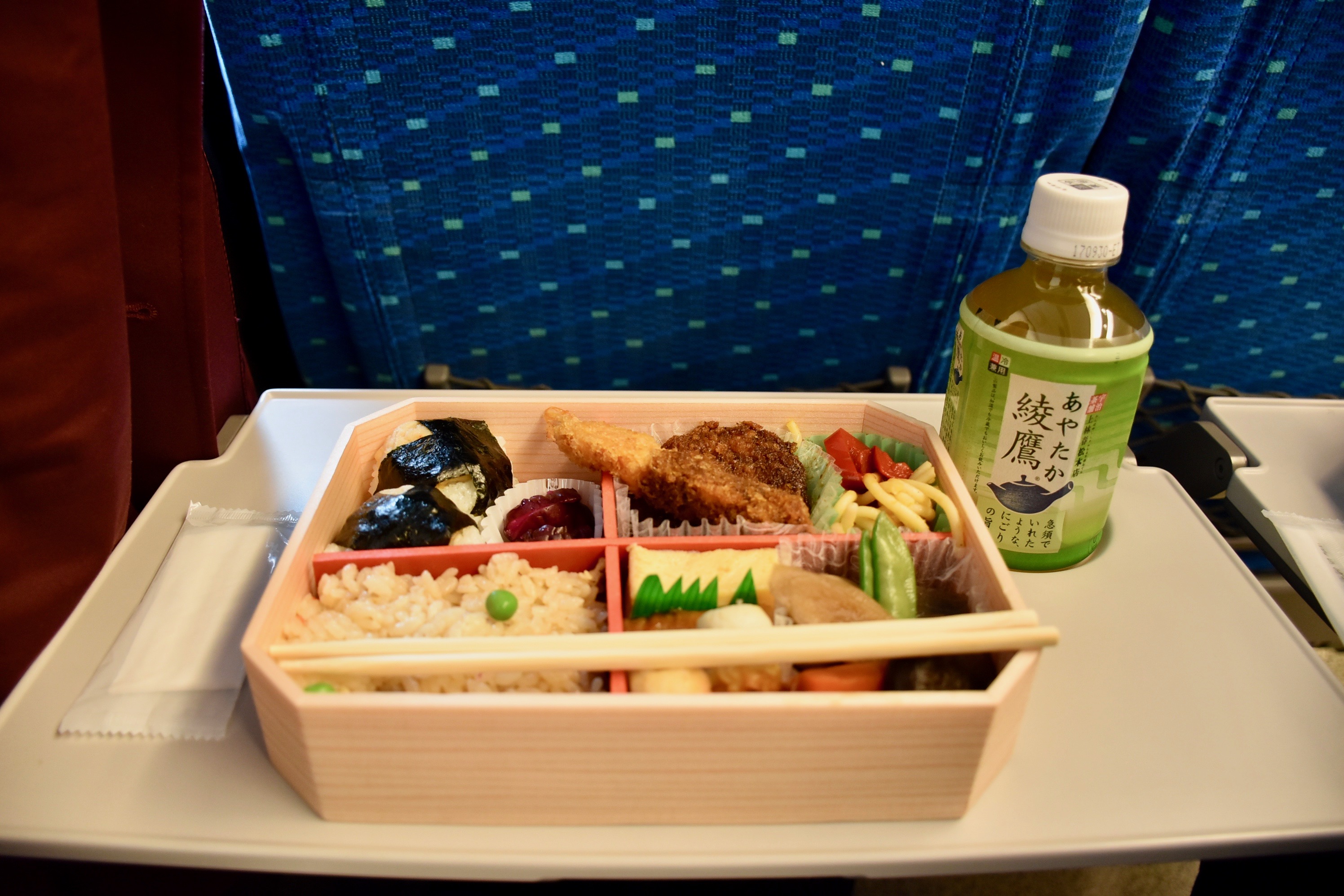
Eating Ekiben outside of the Shinkansen
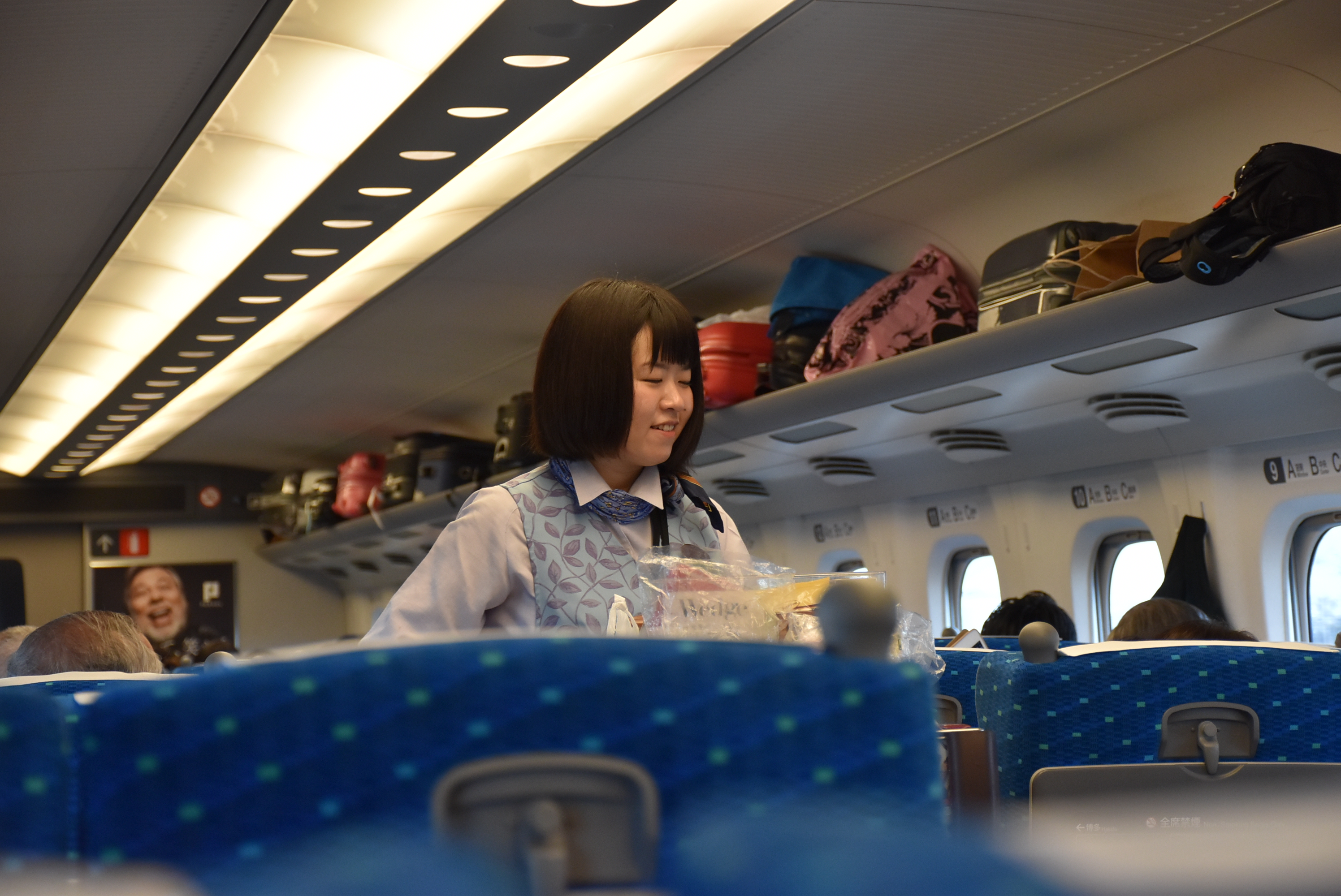
Ekiben can be eaten as picnic food (especially during Hanami). And it has other siblings such as Kishaben (Bento bought inside the train), Soraben (Bento box bought at the airport to be eaten there or on the flight) and Kyaraben (cutely arranged Bento), to name some.
It’s also common for the locals to buy Ekiben as an Omiyage, bringing it home as a souvenir for family, colleagues or friends.
My Ekiben Dreams
I used to obsess-read a Japanese blogger who wrote about how her grandma made Ekiben for her to eat on the train. I, too, want a homemade Ekiben made with love especially for me, for that I might need to get a Japanese grandma to adopt me first. Another thing I want to do is to eat Ekiben on the overnight train while slowly getting drunk.
I have a list of Ekiben that I want to try the next time I am in Japan. It includes: self-heating Ekiben (because a warm meal on a moving train triumphs almost any other culinary joy), Bokoi-meshi from Muroran with onigiri served inside a clam, Masuno sushi (trout meat pressed on top of vinegared rice wrapped bamboo leaf) from Toyama, Hipparidako Meshi (seafood Bento served inside the ceramic pot), Kanizushi (Tottori crab meat on rice), Daruma doll Bento (just because I have been wanting to go to Takasaki forever), Pink Hello Kitty Shinkansen shaped and plastic-lacquered Bento boxes.
Also, I want to go to Ekiben Festival at Tokyo Station which showcases Bento boxes from different regions in Japan.

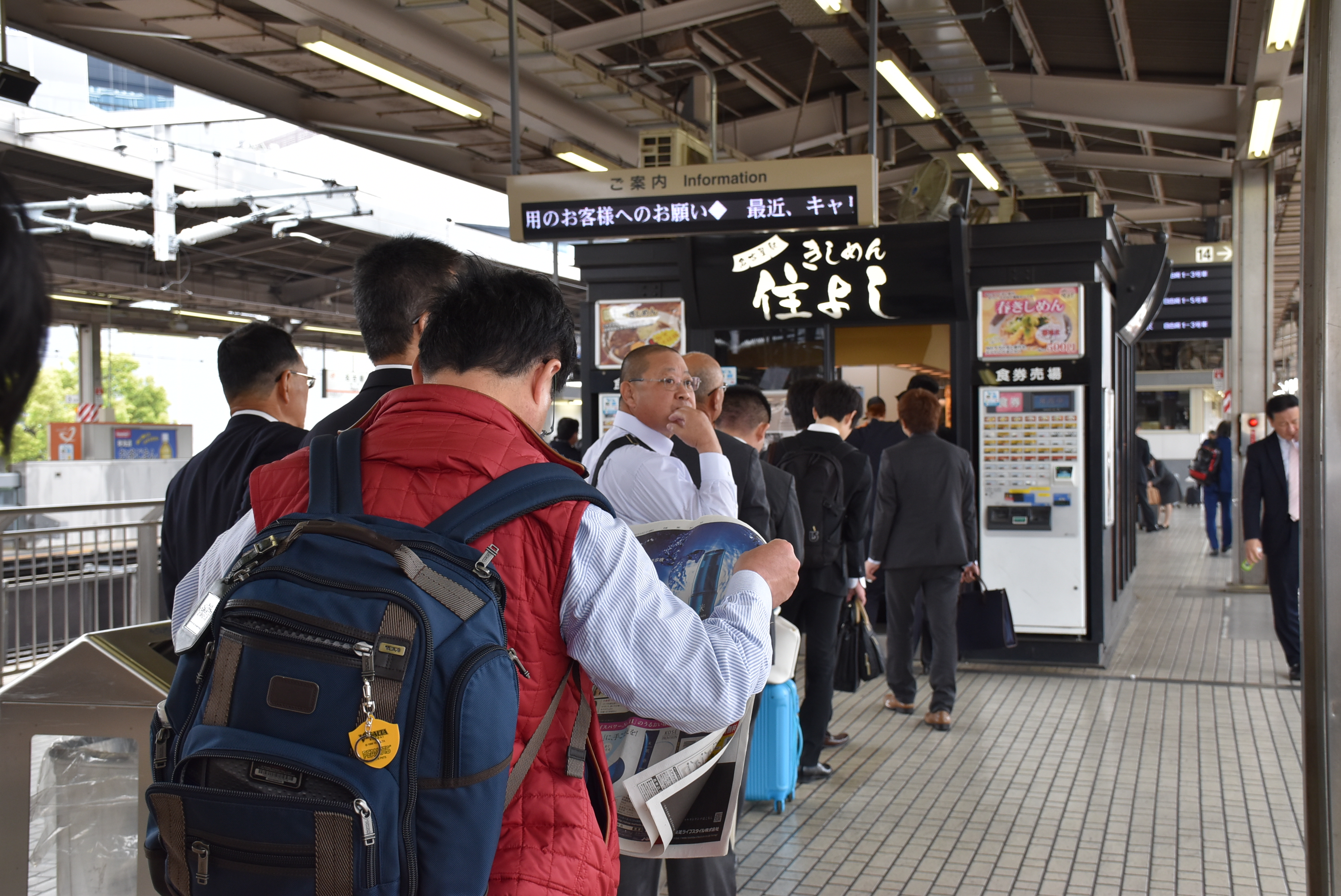
Ekiben will always have a special place in my heart for many reasons. From the school lunch box (my Amma prepared with lots of love) to eating quietly while contemplating life or sharing train rides memories in Japan while enjoying the ever-changing beautiful scenery.
Dubbed as the icon of Japanese travel-food culture, Ekiben is something not to be missed when you travel to Japan.
Follow me on Instagram @KultureKween for more recent updates.
🚅🍱 ━ KK
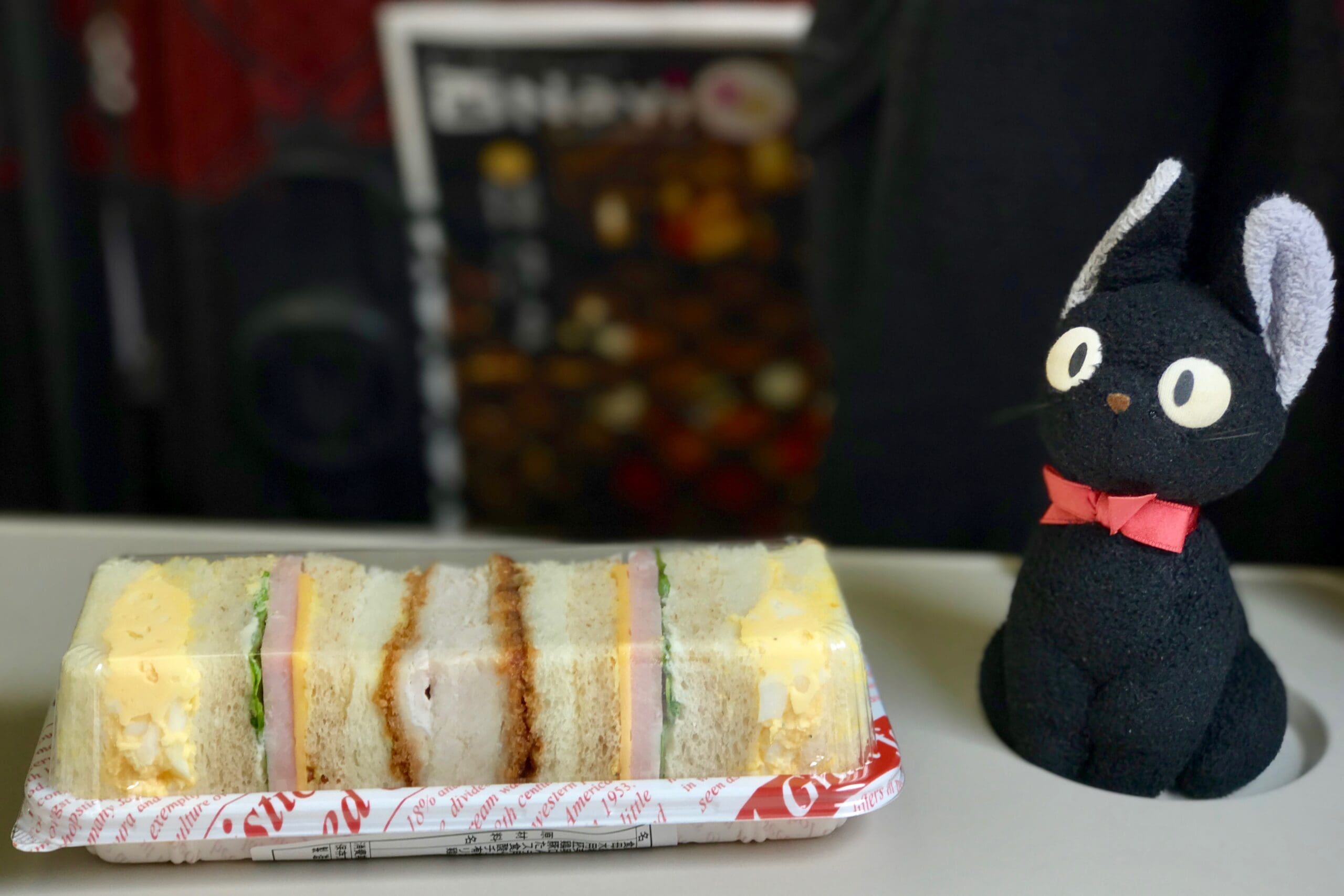
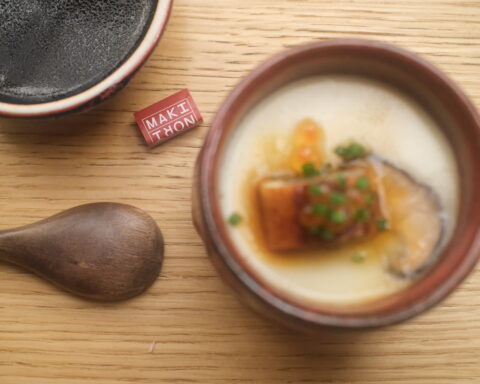
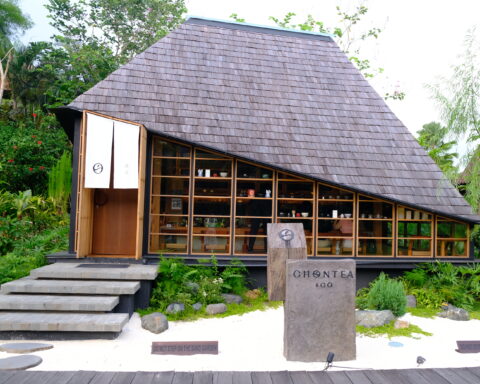
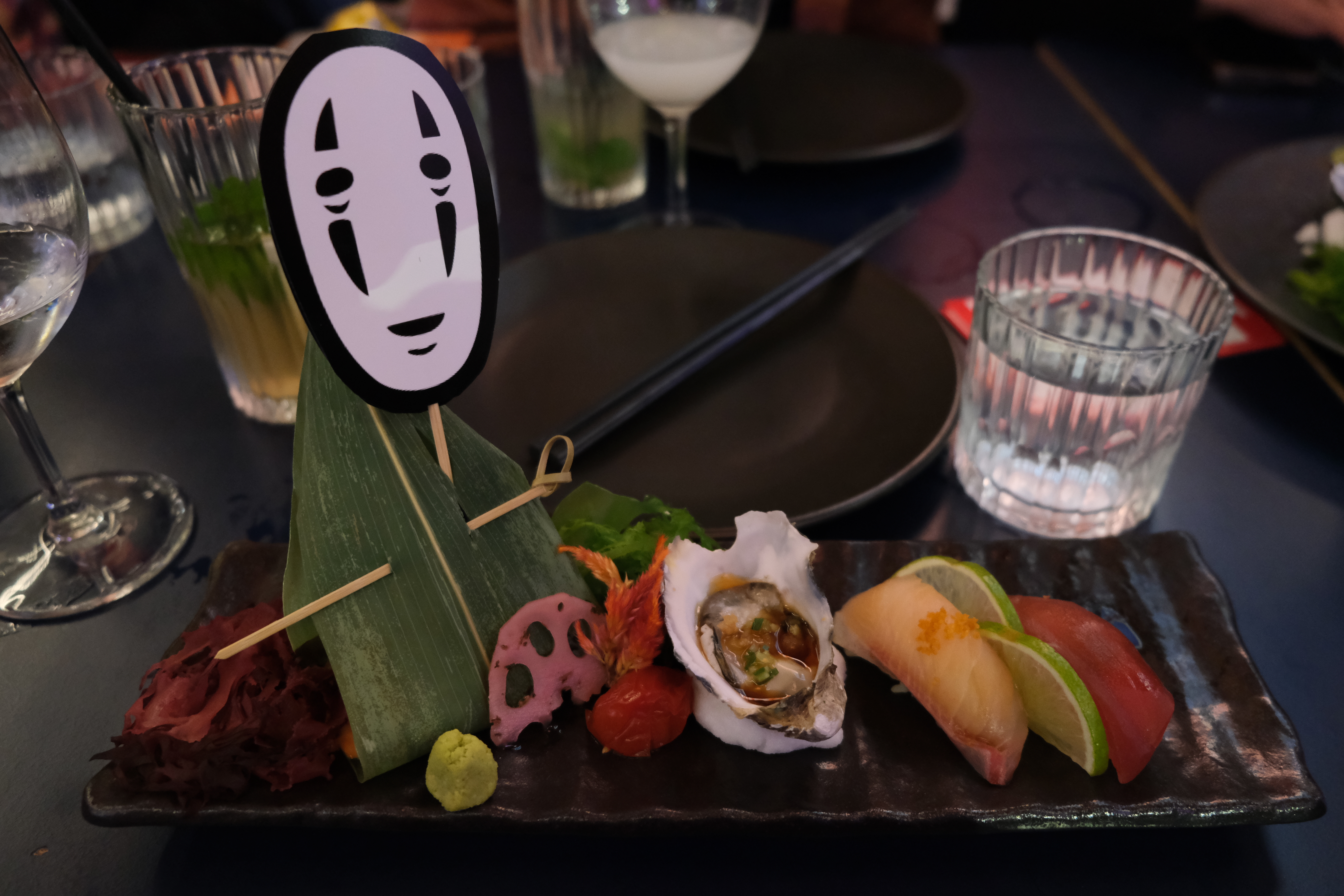
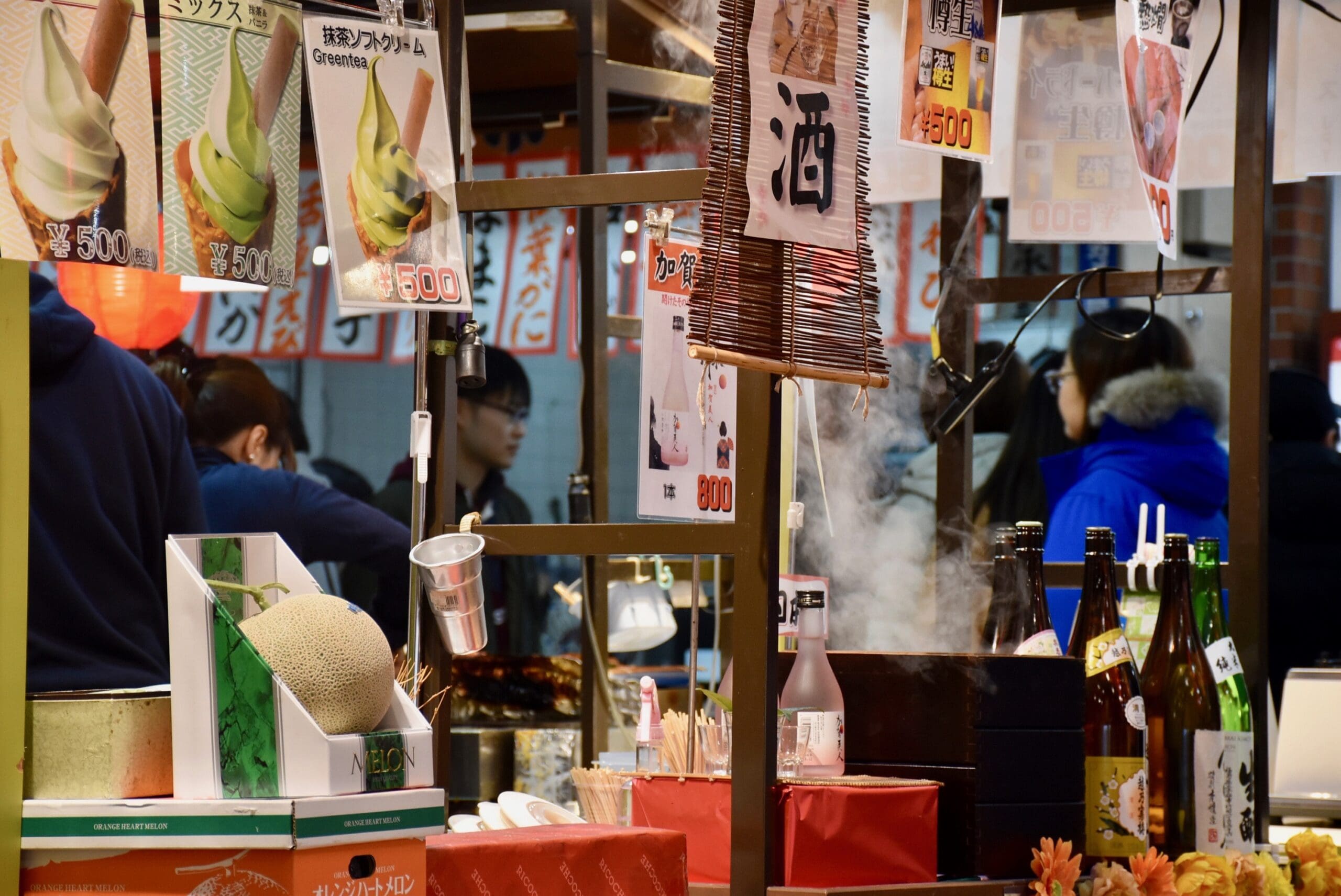
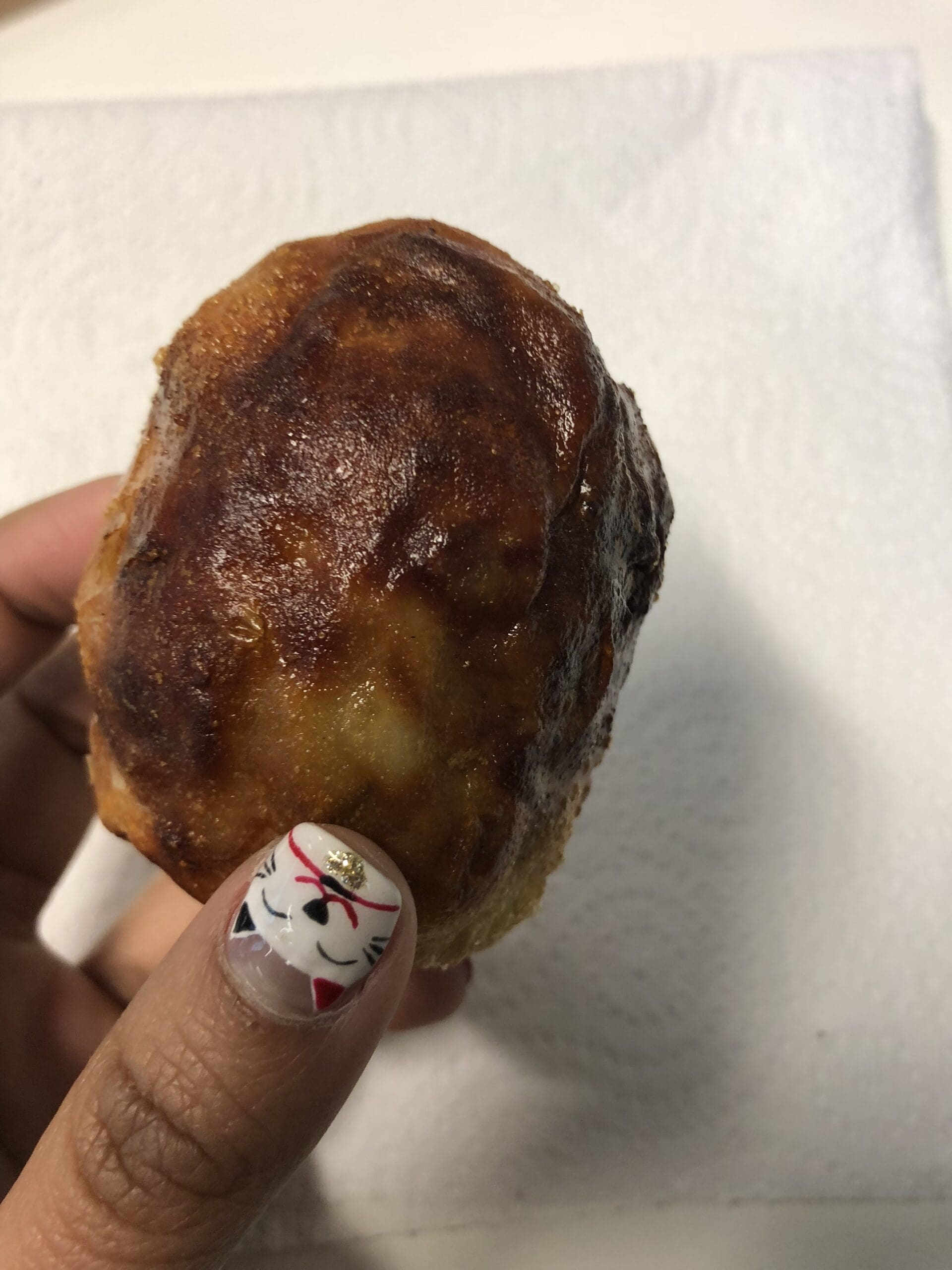
[…] for taking me here, it’s the best beef I have ever eaten in my life“, Fafa said on the train ride back to Osaka. I nodded. Almost dozing off, thanks to the food coma, I reflected on my own […]
[…] Japan trip. The two-hour train ride from Tokyo to Nagano was uneventful except for the delicious Ekiben I had on the train. From a brief observation when we got down from the train, it looked like Nagano […]
[…] She also wrote how her grandma sent her off with some Kanazawa delicacies to be eaten in the train (Ekiben) on the way back to Tokyo where she was residing at the time of her writing. That one blog entry […]
[…] one new obsession with their culture. In the past, there were engraved chopstick, Daruma doll, and Ekiben. This time, it was the Eki […]
[…] Ekiben on the […]
[…] Ekiben Tasting Local Japanese Culinary Culture In Train […]
[…] Japan trip. The two-hour train ride from Tokyo to Nagano was uneventful except for the delicious Ekiben I had on the train. From a brief observation when we got down from the train, it looked like Nagano […]
[…] system. The trains are clean, fast and on schedule. Three hours, a few onigiris and a box of ekiben later, we arrived in […]
[…] Ekiben Tasting Local Japanese Culinary Culture In Train […]
[…] soup is the queen of Japanese culinary culture. It’s a traditional Japanese soup made of miso paste and the cooking stock called dashi. And […]
[…] stations had more than a few Omiyage shops, where they sold gorgeously wrapped food items called Ekiben and other knick-knacks. On top of that, different cities have their own mascots, different regions […]